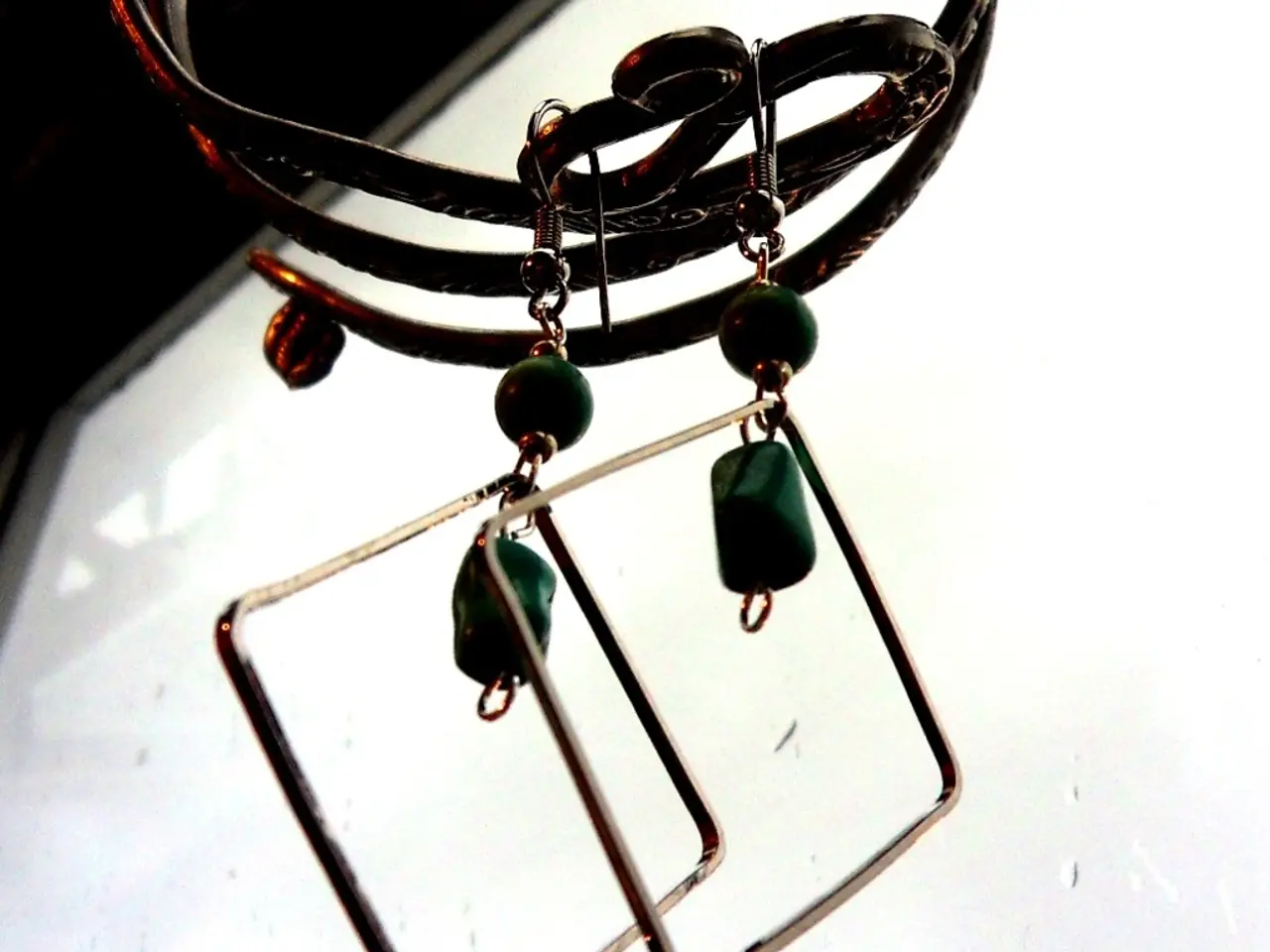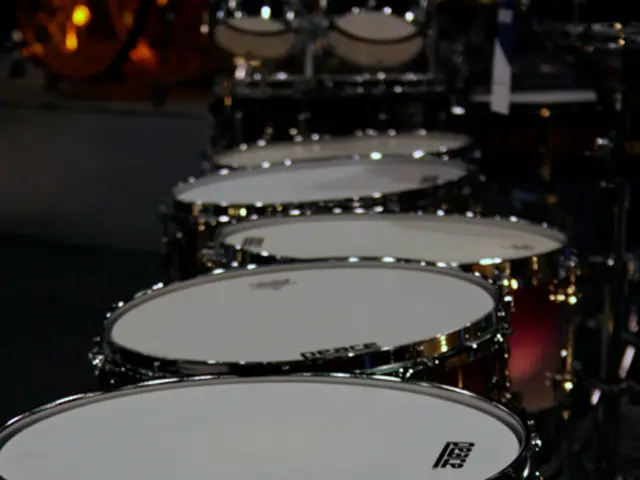Relief strategies for migraines, tinnitus, and various ear issues
In the realm of alternative medicine, acupressure has long been a significant part of traditional Chinese medicine (TCM), with practitioners applying pressure to specific points on the body to alleviate various ailments. When it comes to conditions such as migraines, earaches, tension headaches, and tinnitus, however, the scientific consensus does not yet strongly support acupressure as an established, effective treatment.
One such pressure point that has garnered attention is the third eye or yintang (EX HN 3), located in the center of the forehead. Believed to help alleviate pain in the head, eyes, and ears, and possibly aid with tinnitus, this point may offer some relief for those suffering from these conditions. Similarly, applying pressure to the temples has been reported to help alleviate head pain, although the evidence remains anecdotal.
Another point of interest is the Governor Vessel 20, GV 20, DU 20, or baihui, located at the crown of the head, in line with the tips of the ears. This pressure point has been suggested to help with tinnitus, but the evidence remains limited.
The American Migraine Foundation reports that the daith point, located at the smallest fold of cartilage in the ear, just above the opening to the ear toward the front, has been claimed by some to help with tension or migraine headaches. However, research supporting this theory is scarce.
Ear-related pressure points have also been explored. The ear apex (erjian), located at the very top center of the ear, is a point that may help manage a variety of symptoms, including migraines and earaches. Another pressure point, the ear gate (ermen, san jiao 21, or SJ 21), located right in front of where the earlobe starts, has been suggested to have specific therapeutic results, although this is largely anecdotal.
Auricular acupuncture/acupressure, which targets ear points, has shown potential effects on various conditions, including pain relief, dizziness, and neurological issues. However, the certainty of evidence is mostly low to very low, indicating limited confidence in the results. While acupuncture overall has demonstrated some effectiveness in reducing pain intensity and frequency for conditions such as trigeminal neuralgia (which can be related to headaches), the translation of these findings specifically to acupressure on ear points for migraines and tension headaches remains theoretical and not yet strongly supported by high-quality clinical trials.
Leading medical centers such as Mayo Clinic highlight ongoing research into migraines but do not prominently recommend auricular acupressure as a widely validated treatment option, reflecting that current standard care relies on other proven therapies and multidisciplinary approaches.
In summary, while there is some preliminary and low-certainty evidence hinting that auricular acupuncture/acupressure may provide relief for pain-related conditions including headaches and ear-related symptoms, the scientific consensus does not yet strongly support specific ear point acupressure as an established, effective treatment for migraines, earaches, tension headaches, or tinnitus. More rigorous, well-designed clinical trials focusing on auricular acupressure alone are needed to confirm efficacy and safety for these indications.
While the evidence may be limited, the core technique of acupressure—applying pressure with the fingers to certain points on the body—remains a non-invasive and potentially beneficial practice for those seeking relief from various conditions. More research is necessary to better understand the possible benefits of acupressure points on the ears and other parts of the body.
- Multiple conditions, including migraines, earaches, tension headaches, and tinnitus, may find some relief through the application of pressure to specific points on the body, such as the third eye or yintang.
- The use of acupressure on the temples has been reported to help alleviate head pain, although the evidence remains anecdotal.
- The Governor Vessel 20, located at the crown of the head, has been suggested to help with tinnitus, but the evidence supporting this is limited.
- The daith point, located in the ear, has been claimed to help with tension or migraine headaches, but research supporting this theory is scarce.
- Ear-related pressure points, like the ear apex and the ear gate, have been explored for their potential to manage symptoms such as migraines and earaches.
- Auricular acupuncture/acupressure has shown potential effects on various conditions, including pain relief, dizziness, and neurological issues, but the certainty of evidence is mostly low to very low.
- Although acupuncture has demonstrated some effectiveness in reducing pain for conditions like trigeminal neuralgia, the translation of these findings specifically to acupressure on ear points for migraines and tension headaches remains theoretical.
- The American Migraine Foundation reports that ongoing research into migraines is being conducted, but they do not yet prominently recommend auricular acupressure as a widely validated treatment option.
- More rigorous, well-designed clinical trials focusing on auricular acupressure alone are needed to confirm its efficacy and safety for conditions like migraines, earaches, tension headaches, and tinnitus.
- Despite the limited evidence, the core technique of acupressure—applying pressure with the fingers to certain points on the body—remains a non-invasive and potentially beneficial practice for those seeking relief from various conditions.
- Further research is necessary to better understand the possible benefits of acupressure points on the ears and other parts of the body, as well as their potential role in managing mental health conditions such as depression, bipolar disorder, and mental-health disorders, and in promoting overall health and wellness, including nutrition and therapies and treatments like CBD.






